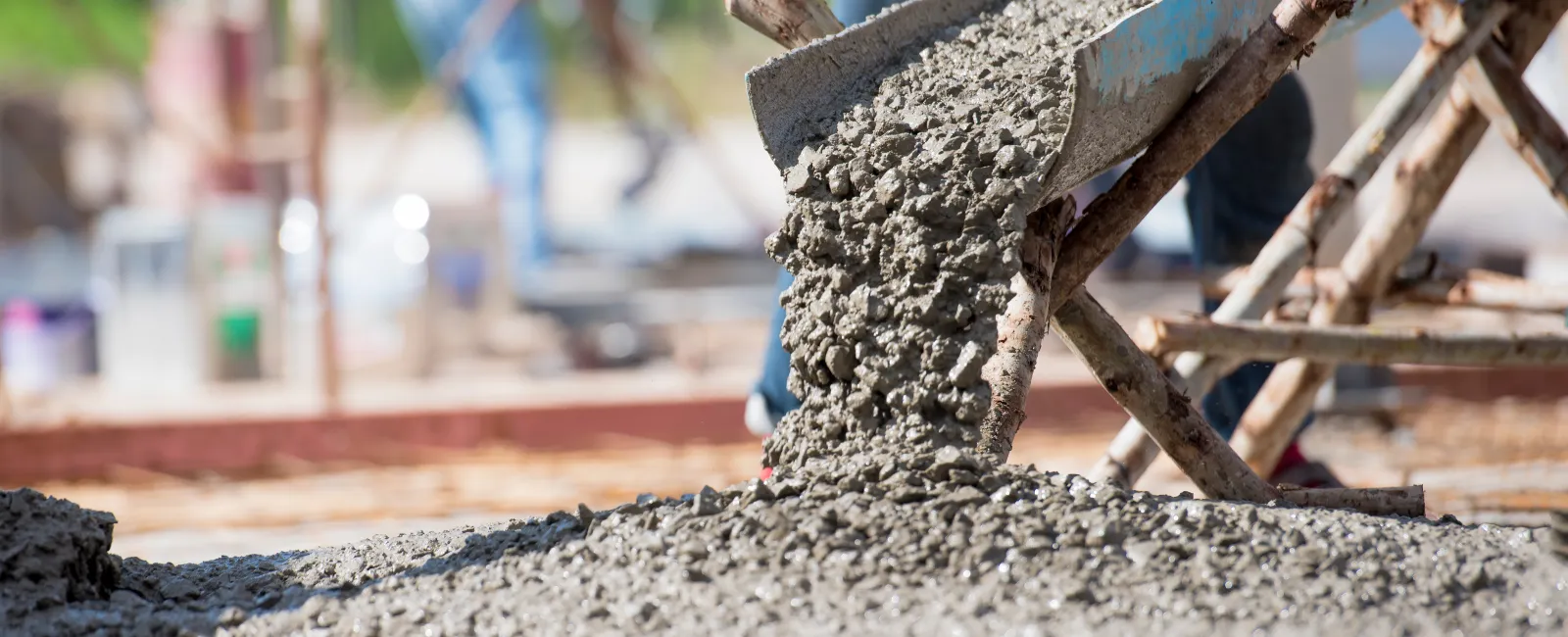Concrete Mixing Tips
In a field as diverse as landscaping, no one person is an expert at everything. So it’s always great to hear from a reader who is an expert from one of the many fields landscaping draws upon, be it arboriculture or horticulture or masonry or any of a number of others. Reader, Ed Adams is an expert in masonry, and he sent me a concrete mixing tip that I thought I’d pass along to everybody. Adapted
From Ed Adams’ Email on Mixing Concrete:
I’m a retired inspector, with structural concrete, prestressed concrete and masonry being part of this. In your section on curing concrete you said, “Remember, you mix water into concrete mix to activate the cement binding agent within. As the mix dries, it will harden. But the drying, or ‘curing’ should be gradual, otherwise cracking may occur. To prevent cracking, plastic is placed over the curing concrete to trap the water inside, ensuring gradual curing.” All of this is true, but you might want to point out strength, too.
Concrete uses water AND IT LOVES WATER. The strength of fresh concrete rises quickly during curing, then tapers down, but continues as long as it has water. Test cylinders, years old but kept wet, were still gaining in strength. Water is used up in curing, and plastic does slow down evaporation, keeping it wetter longer, but even plastic covered concrete or concrete sprayed with “curing agents” (a spray-on seal to slow evaporation) will eventually use up its available water.
Continued: Water and Mixing Concrete — The Curing Process
A useful step is to pull the plastic back and spray the concrete with a garden hose, then reset the plastic. Even a weak mix or poorly poured one will surprise you with its final strength.
Any surfaces that are to be poured against (bonded to) should be moist. If any concrete is later added to bond with cured concrete, the old concrete should be moist just before this new addition. If these
steps are neglected, a “cold joint” (a term from welding but used with concrete and mortar) will result. The joint can easily separate.
It’s a paradox that concrete with too much water at mixing is prone to cracking, but concrete without water at curing will also crack. A good trait to watch for in mixing is “shininess.” The mix should be dull in appearance. If there is a “shine” to the mix, it’s too wet initially. This is corrected by adding more dry ingredients- cement mainly. It will make the mix richer but this will only add strength eventually.
Once it’s set up, it will show its initial hardness (2 to 3 hours on, after pouring). Then keep it moist with spraying (with a spray nozzle) and sealing it with plastic. Your concrete will thank you for it!

